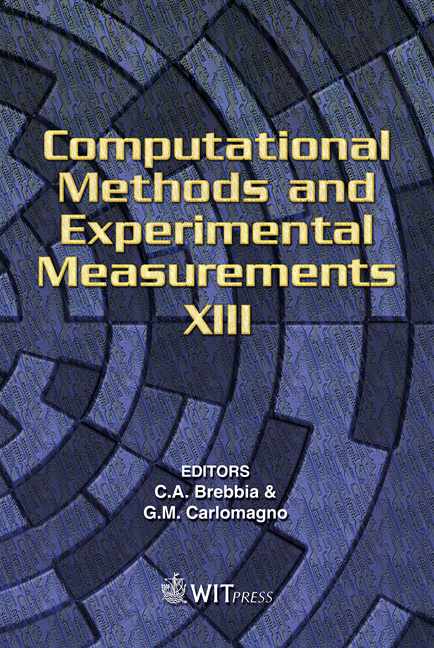Rock Bumps Due To The Creation Of A Dislocation During Deep Mining
Price
Free (open access)
Transaction
Volume
46
Pages
10
Published
2007
Size
451 kb
Paper DOI
10.2495/CMEM070871
Copyright
WIT Press
Author(s)
V. Doležel & P. Procházka
Abstract
The safety of deep mines is sometimes threatened by sudden and hazardous failures of a coal face, as in the case of bumps, for example. It has been shown in many experimental studies that coal bumps are influenced either by stress, stiffness, and yield ability of surrounding rocks, or by dynamic effects associated with the failure of surrounding strata. In addition, bumps occurred in such parts of mines where there had been rapid stress changes over a short period of time. The dynamic effects associated with the failure of surrounding strata triggered bumps in these marginally stable seam structures. While it was not possible to evaluate the influence of mine stiffness directly, it was shown that coal bumps generally occurred in mines with uniaxial compressive strength and Young’s modulus ratios (roof to coal) exceeding 3 to 5. In addition, bump-prone coal exhibited the potential for storing high horizontal stresses. Yielding of the immediate roof and floor reduced horizontal stresses and enhanced gradual failure of coal. A method is proposed to assess coal bumps in which stress analyses, in situ strength data, stiffness and strength ratios of roof to coal, and affected wave magnitude resulting from strata failure and mining experience are incorporated. A rheological model is involved to fulfill the time dependence of the phenomenon of bumps. It has namely been shown in the literature that the time plays a decisive role in the possible occurrence of rock bursts. In our case the static (stability) problem is solved and the dynamical influence of inertia forces is initiated after occurrence of bumps. This is not of any importance for us, as we suppose that the mine is far enough from other openings (other mines). In this way the stability problem with possible rheology (or creep) is studied. Keywords: rock bursts (bumps), scale modeling, coupled modeling, natural existence of occurrence of bumps, numerical model of contact problem.
Keywords
rock bursts (bumps), scale modeling, coupled modeling, natural existence of occurrence of bumps, numerical model of contact problem.





